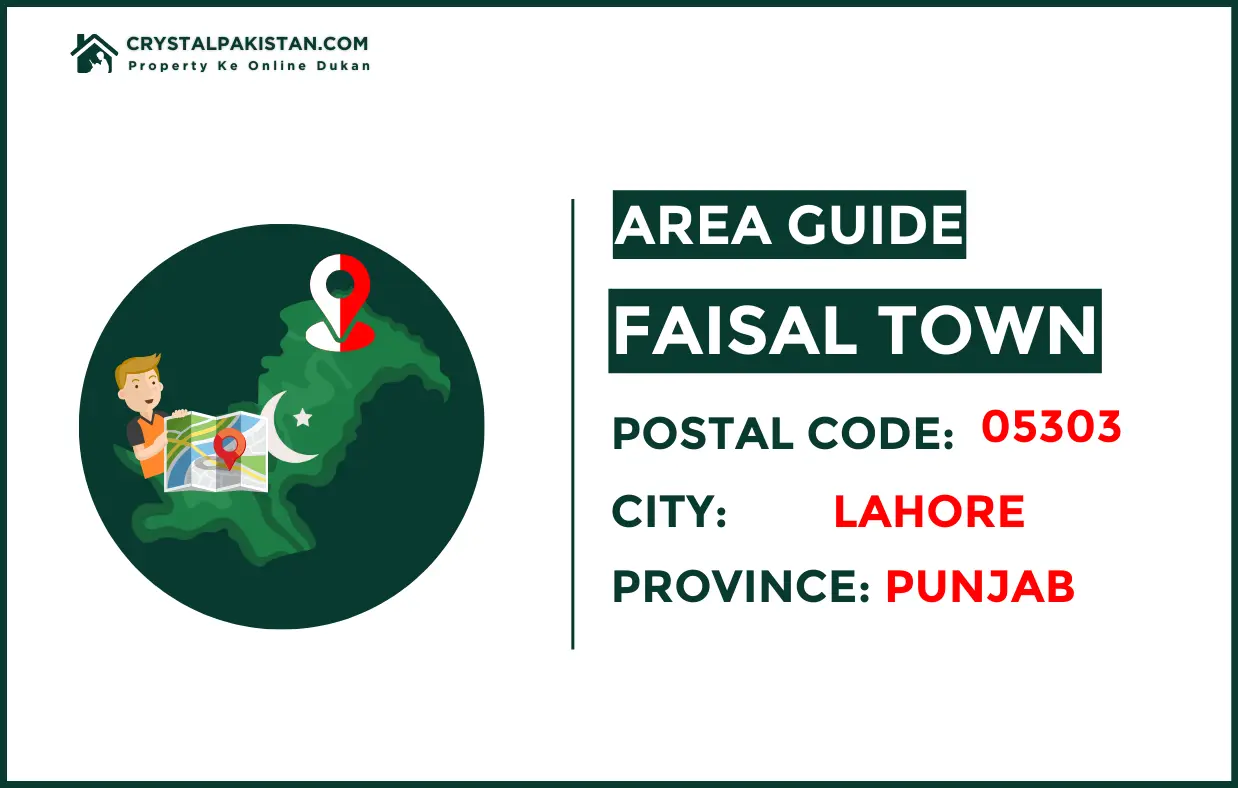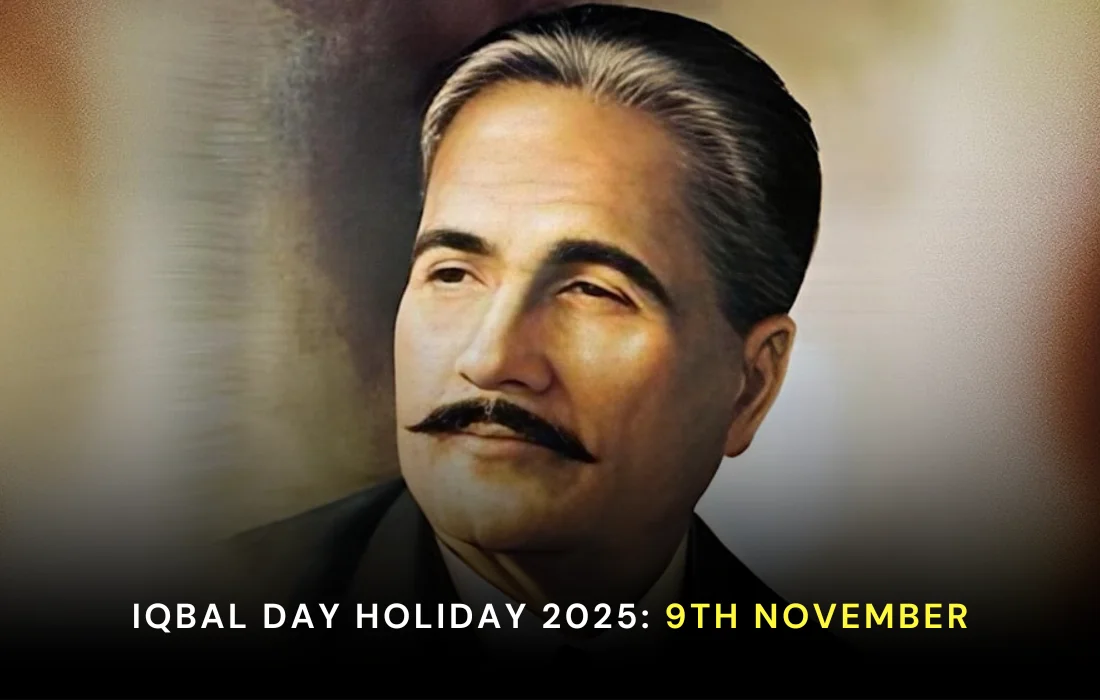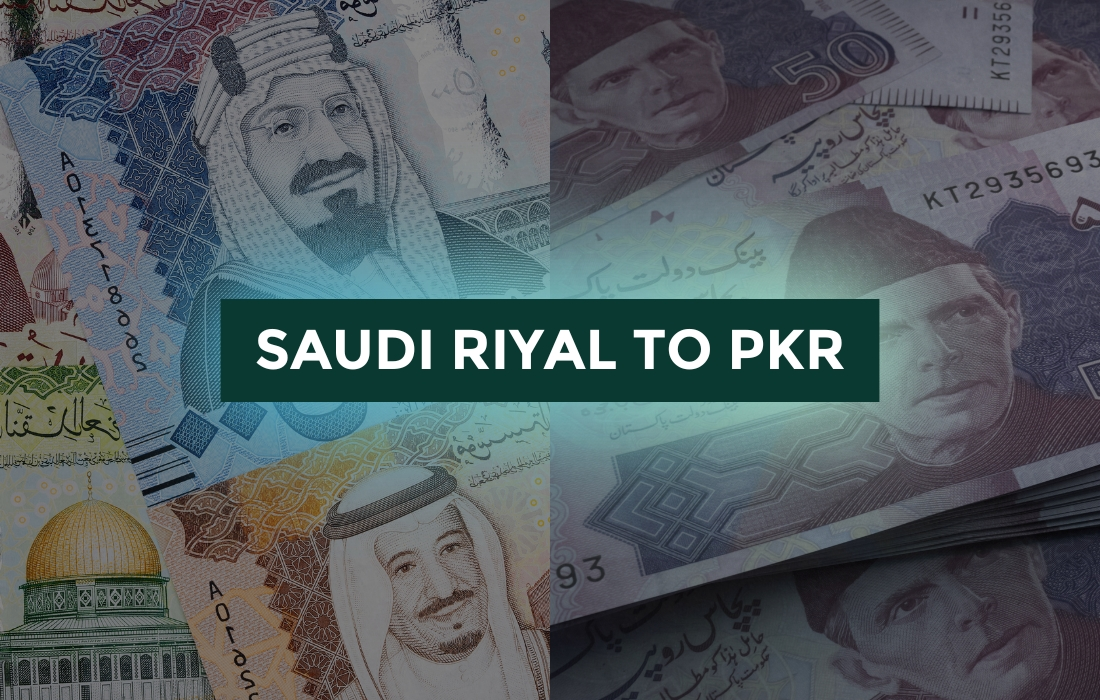Adda Chabeel is a well-known neighborhood situated in the vibrant city of Lahore, Punjab, Pakistan. It holds a strategic location and serves as a vital residential and administrative area. Knowing the postal code and location details is crucial if you're a resident, business owner, or planning to send mail or packages to Adda Chabeel. Let's explore everything about Adda Chabeel Lahore step by...
BLOG
Faisal Town, a prominent neighborhood in Lahore, Pakistan, has its own unique postal code. The Faisal Town postal code is 05303, a critical number that ensures accurate and timely delivery of letters and packages. Whether you're sending or receiving mail within Faisal Town Lahore or beyond, understanding this zip code is essential for hassle-free correspondence. Why is the Faisal Town Postal Code...
Home Allama Iqbal Town, a vibrant residential and commercial area in Lahore, Pakistan, has a unique postal code that ensures fast and accurate delivery of mail and packages. Whether you are sending a letter or shopping online, knowing the Allama Iqbal Town postal code is essential for smooth delivery services. Table of Contents What is Allama Iqbal Town Postal Code? The postal code...
Home Traveling internationally is a dream for many, and as a Pakistani passport holder, you can explore numerous destinations without the hassle of obtaining a visa in advance. This article highlights the free entry visas for Pakistani passport holders, providing essential details to make your travel planning smooth and efficient. Table of Contents Understanding Visa-Free...
Home For Pakistani passport holders, traveling the world has become more accessible thanks to visa-free travel arrangements. With the ease of visa-free entry, visa-on-arrival options, and eVisas, Pakistani travelers can explore various destinations without the hassle of traditional visa applications. This guide provides detailed insights into visa free countries for Pakistan, helping you plan your next...
The dream of a better life, career, and education has driven millions of Pakistanis to seek opportunities abroad. In recent years, a significant rise in migration from Pakistan has been observed. Many individuals, especially the younger generation, are leaving their homeland for jobs, education, and a brighter future. This article explores the reasons behind why Pakistanis are leaving, its impact, and what...
Small businesses are the backbone of many economies, driving small businesses and economic growth through job creation, innovation, and community development. They play a pivotal role in stimulating local commerce, supporting larger industries, and addressing unique market needs. These enterprises significantly impact both local and global economies, making it essential to address challenges like limited...
The vacation rental industry, led by platforms like Airbnb, has transformed travel and real estate. By providing unique, affordable, and flexible options for travelers, short-term rentals have impacted local economies, real estate markets, and tourism across the world. This article dives into how vacation rentals contribute to the economy and the challenges they bring, offering a comprehensive look at...
On Iqbal Day Holiday 2025 9th November, Pakistan will celebrate to honor the legacy of Allama Muhammad Iqbal, one of the nation’s most revered poets, philosophers, and leaders. Iqbal Day is a public holiday across Pakistan, allowing citizens to reflect on Iqbal's vision and ideals that contributed significantly to the formation of Pakistan. This year marks the 148th birth anniversary of Allama Iqbal,...
Saudi Riyal to PKR: The exchange rate of the Saudi Riyal (SAR) to the Pakistani Rupee (PKR) is essential for anyone dealing in Saudi currency, particularly for Pakistanis working or living in Saudi Arabia and other Gulf countries. In this article, we’ll cover the latest exchange rates, the factors influencing these rates, and a clear overview of where the SAR stands against the PKR in 2025. Current...









